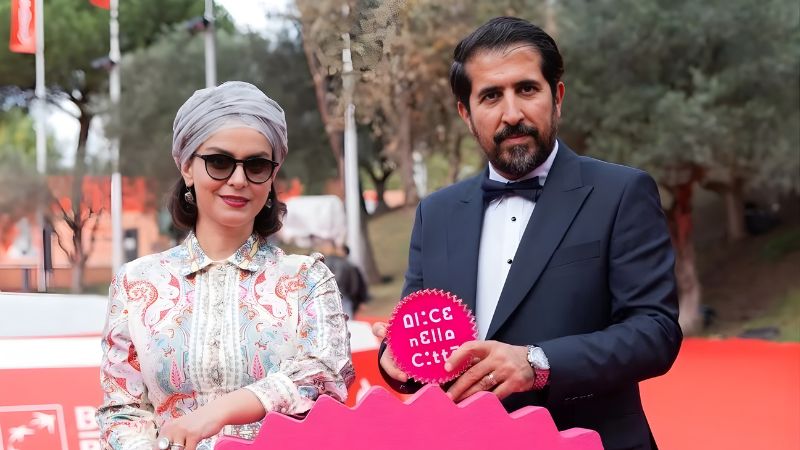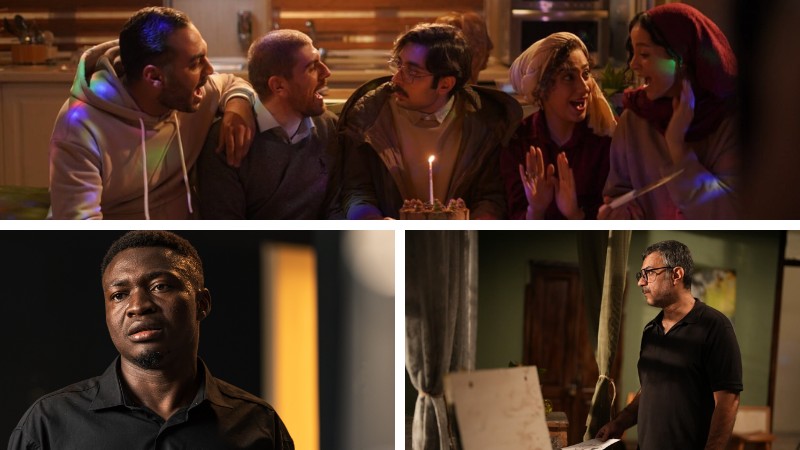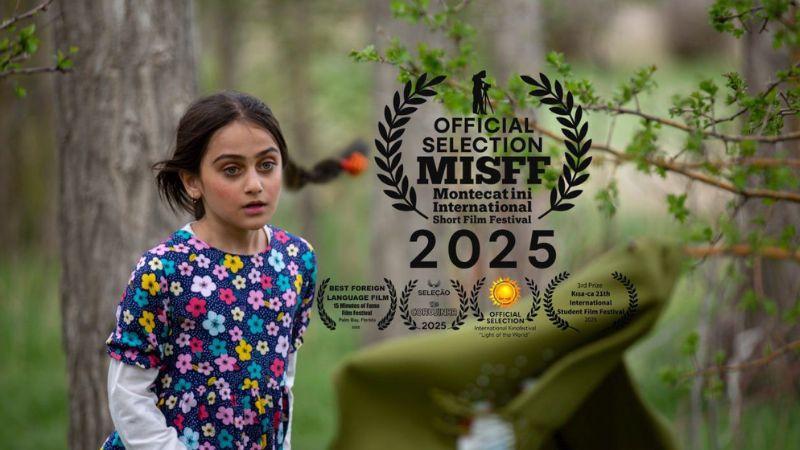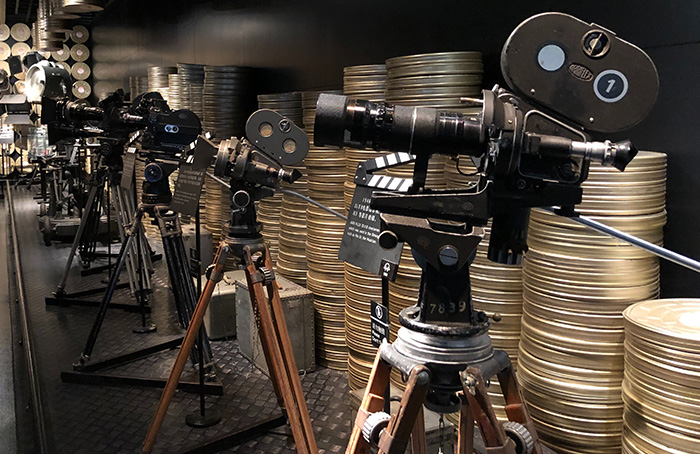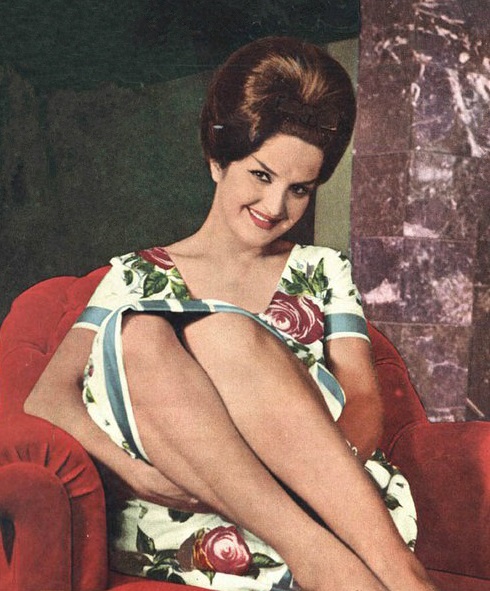
What stands out more than ever in today’s cinema is the increased focus on women as a subject by filmmakers. Even though women have actively participated in Iranian cinema from its early days to now, what sets today’s cinema apart is the focus on creating films and series centered on women’s issues. Filmmakers aim to spotlight these concerns, fostering new perspectives and paving the way for meaningful social and family changes. Research shows that modern cinema is working to challenge societal misconceptions and biases against women by addressing these issues within the broader context of society and family.
Cinema Before the Revolution
Before the 1979 Islamic Revolution, Iranian cinema was mostly dominated by movies full of shallow and explicit corruption, where women were often exploited. These films distorted women’s images, presenting them in ways that were far from reality. Filmmakers of that time did great disservice to Iranian women, reducing them to simplistic portrayals of deviation—characters easily tricked into becoming dancers, singers, or prostitutes, only to be “saved” by a male hero, usually a rogue or fighter, who would physically reprimand them and guide them to repentance. Traditional society largely rejected these portrayals, so such characters either repented by the end of the story or remained stigmatized throughout the film. Filmmakers of commercial movies had two main goals with these depictions: 1. To entertain and satisfy audiences by using superficial allure, 2. To align, albeit indirectly, with traditional societal beliefs.
During the reign of Pahlavi II, a study of films from that era reveals that women’s roles in cinema were mostly limited to acting and music. On average, 224 actresses appeared in films annually in the decade before the revolution, while an average of 23 women worked in the music departments, mostly as singers. However, in directing roles, including directors, advisors, and assistants, only 32 women participated, including 24 script supervisors, five assistant directors, two schedulers, and one advisor. Women’s participation in Iranian cinema began with the 1933 film ‘Haji Agha, the Cinema Actor’, which told the story of a conservative man opposed to cinema whose daughter falls in love with a cinephile. During the Pahlavi II era, women’s roles became more prominent, with films portraying women as mothers, sisters, or obedient, self-sacrificing wives devoted to serving men. In contrast, deceitful women working in cabarets were shown returning to their “true” origins in poor urban or rural areas after a series of events. In the 1930s and 1940s, women were either silent, selfless helpers serving men (husbands, fathers, sons, etc.) or rebellious and promiscuous characters who inevitably faced consequences and sought refuge in a safe haven. Such portrayals sent the implicit message that society offered women only misery, disgrace, and danger unless they conformed to traditional roles. During those years, singers like Delkash brought allure to cinema, but later figures like Pooran, with her doll-like and a soul full of pain, redefined the image of women in cinema. The excessive focus on doll-like women in tight, revealing clothing further degraded the industry, diminishing women’s identities year by year. This identity crisis persisted until the 1979 Revolution. Women were portrayed as helpless tools manipulated by men, destined to be saved by a male hero who would guide them to redemption, leaving them forever indebted to his “masculinity.” Ironically, these films were made at a time when many women were pursuing higher education, receiving military training, or holding government, healthcare, and educational positions. The stark disconnect between cinema and societal reality was obvious, highlighting the cultural issues plaguing pre-revolution cinema—a challenge that still impacts Iranian cinema today. Before 1979, society was pushed into modernity, much like a greenhouse-grown fruit: artificially cultivated to appear appealing but lacking natural development. In this forcibly modernized society, women’s identities were crushed under the weight of exploitative films. Women on screen remained singers with doll-like faces, wearing absurdly short and tight clothing, navigating different stories but ending up in the same roles as women of the 1930s and 1940s. The only difference by the 1950s was that cabaret women no longer threatened the family structure. Instead, men would “redeem” them, marry them, and remind them of their forgotten duties, ensuring their lifelong gratitude.
In future articles, we will delve into the role of women in Iranian cinema after the 1979 Revolution and how this historic event had a significant impact on the industry.
